SPIKE LAVENDER AND VAN EYCK – THE RECIPE
“The mixture used by Van Eyck was light and fluid and dried easily. The colors were ground in linseed oil or nut oil, fused while hot with hard resins (amber
Read More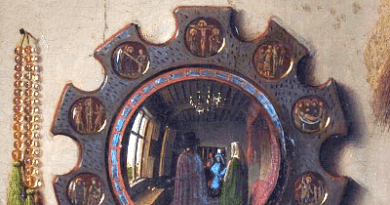
“The mixture used by Van Eyck was light and fluid and dried easily. The colors were ground in linseed oil or nut oil, fused while hot with hard resins (amber
Read More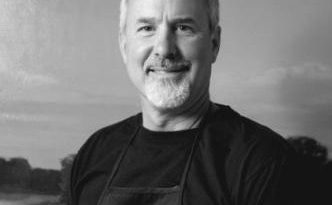
This is a guest article written by Peter Campbell, the highly regarded artist, workshop presenter, and video producer whose work appears in multiple galleries from Colorado to the East Coast…
Read More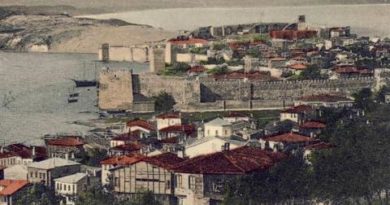
Currently there is a revival of interest in the techniques of historic master painters. Artists sometimes are fascinated by the search for a “secret” that makes old master paintings last
Read More
Alexander Koleszar just finished a stunning exhibition called “Chiaroscuro of the Butterfly” at the Archangel Gallery in Palm Springs. You can see some examples of his work HERE. The colors
Read More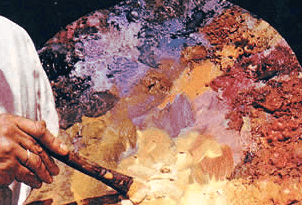
Sometimes artists purchase water-soluble oil paints in hopes of replacing turpentine, OMS, or other harsh solvents, with water. While this sounds like a great approach, it has a few drawbacks.
Read More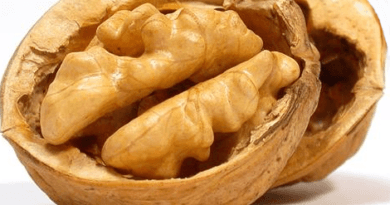
Today, oil paint is often made with linseed oil. Linseed oil dries relatively fast, creates a good film, and has a solid history of use – the problem is, linseed
Read More
In recent years issues of toxicity and the environment have been at the forefront of concerns for artists who wish to be safe, responsible users of pigments and mediums. The
Read More
At the Art Treehouse, we often receive questions about the drying time of paints. Some artists prefer to keep the drying time “open” so that they can work on a
Read More
Here is the clickable link to the article What Makes a Great Artist Thinner? — Because it is a printable document, it is in pdf format, which should open for
Read More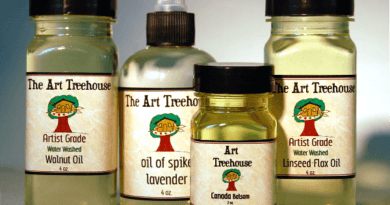
Because of the quality of his work, Bill Martin is often asked about the medium he uses in his painting. He has created his own formula that enables him to
Read More